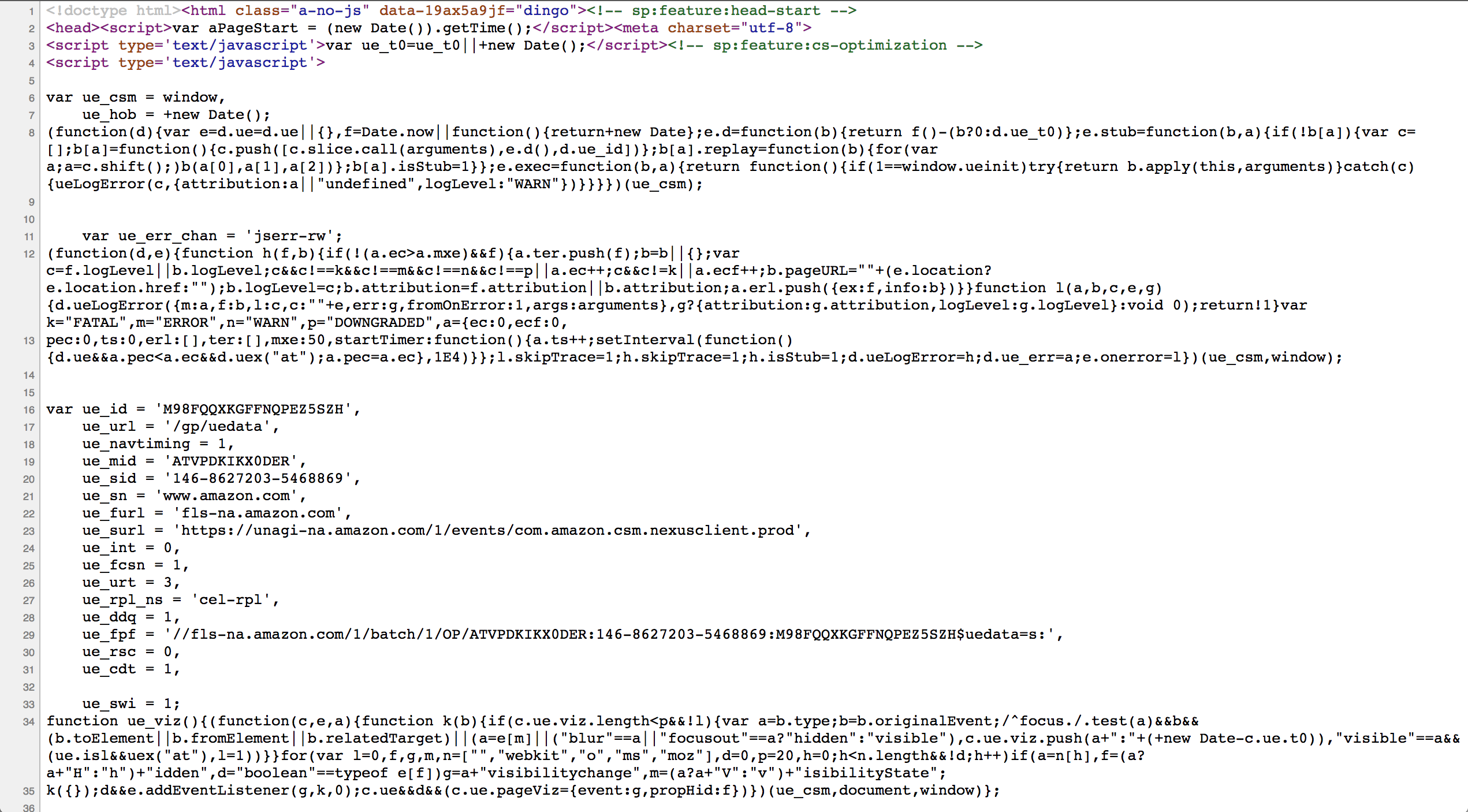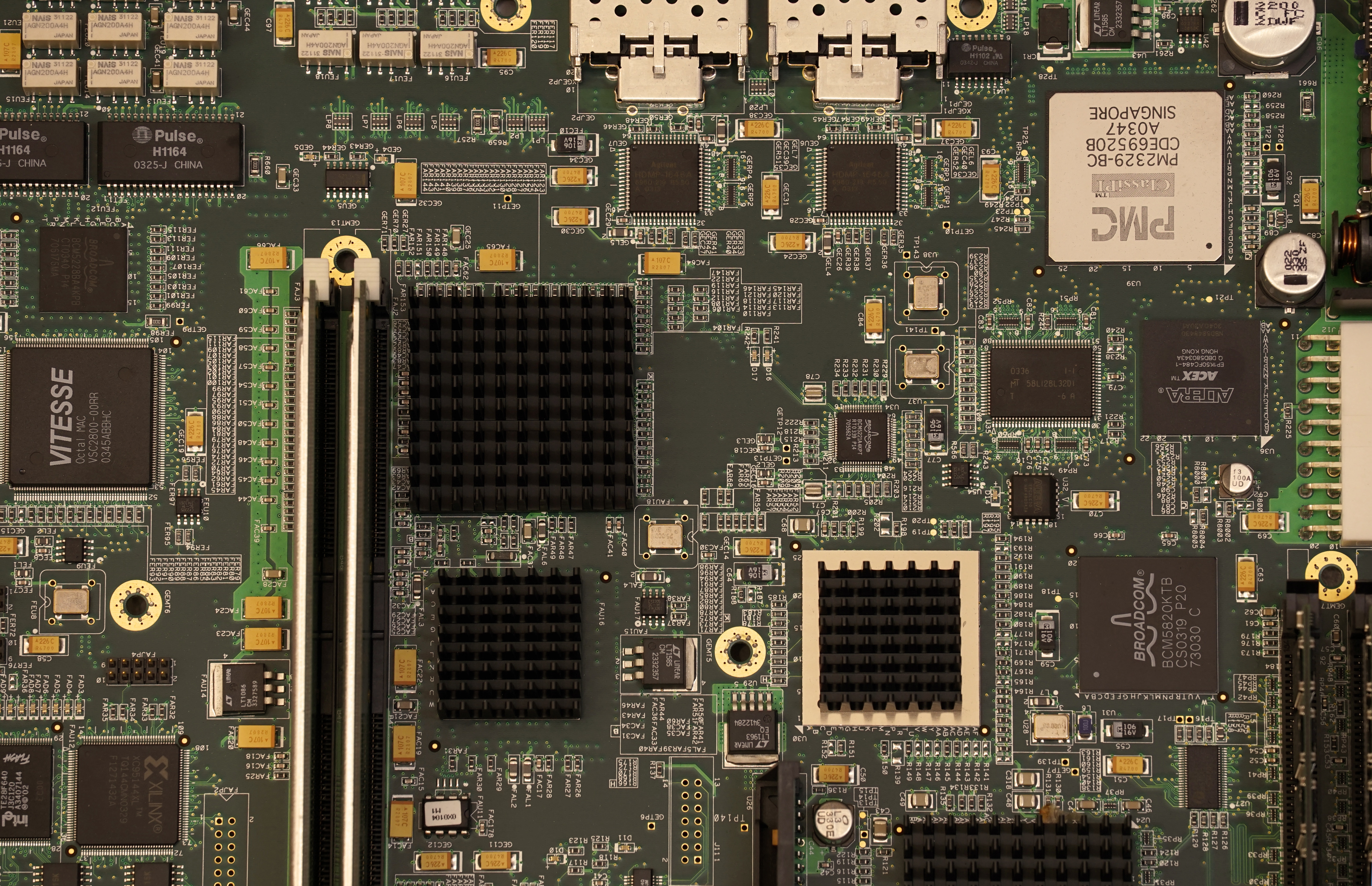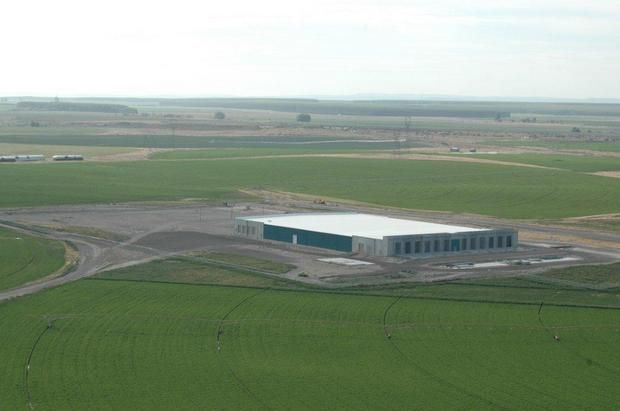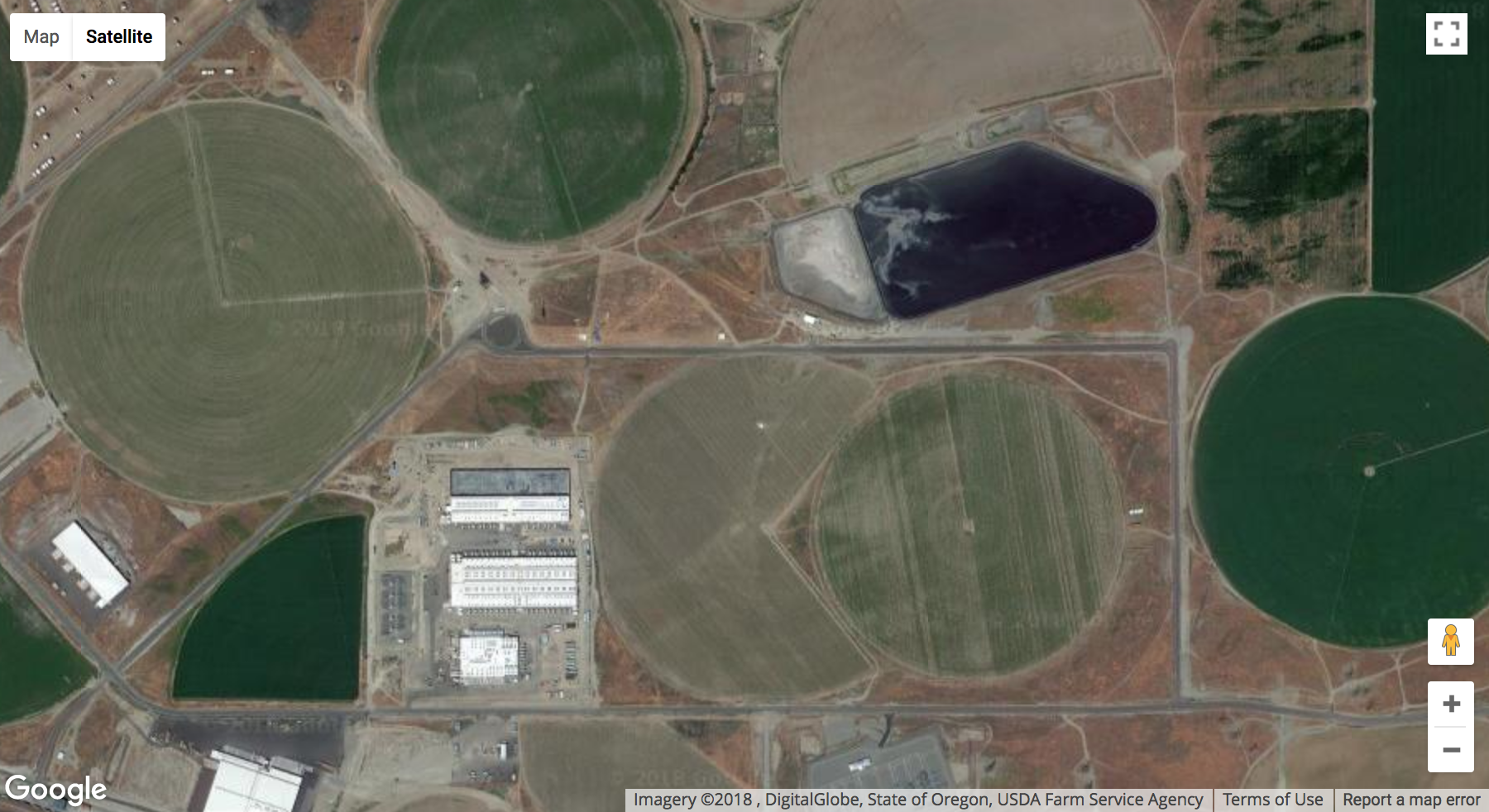×
Interfaces are just the surface layer.
When we encounter an interface, we are also encountering the system through and by which this interface is delivered to us. This system consists of everything from the the screens and pixels that mediate our actions with the interface to the wires and sockets that power them. The system is layered, spread across and through environments, and constantly interactant with human and nonhuman life. Yet, these interactions are masked behind the opacity of our own human-computer interaction. With each click, we are participating in a chain of interlocking interactions between machines, materials, organisms, environments, and ecologies which are buried beneath layers of abstraction.
"The idea of layered abstraction is readily visible in our day-to-day lives: you can send an e-mail without worrying about if it travels over a wireless or wired connection, or store a file without knowing whether it is on a USB drive versus a magnetic drive; it is just 'the network' or 'the drive.' The idea thus offers a spatial model of understanding and even standardizing computing: each layer depends on the more material layers 'below' it to work, but does not need to know the exact implementation of those layers." - Tung-Hui Hu (2015, p. xxvi), Digital Culture Scholar and Poet






